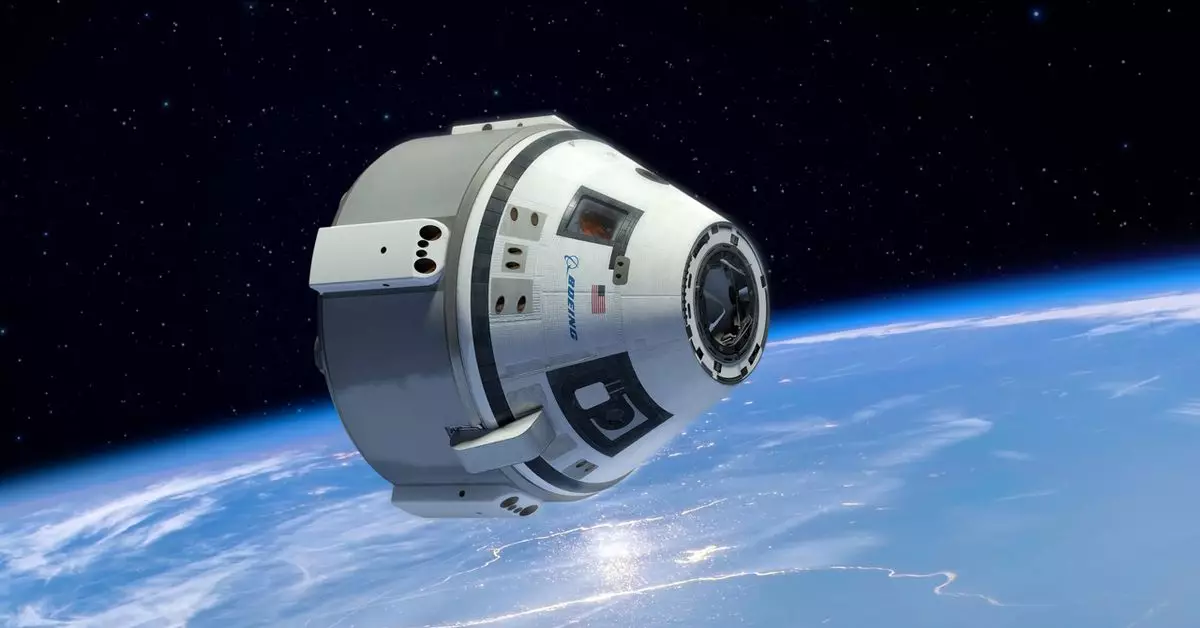NASA’s recent confirmation of a contingency plan to bring back astronauts Barry Wilmore and Sunita Williams from the International Space Station early next year has shed light on the troubles faced by the Boeing Starliner spacecraft. Despite a successful crewed launch on June 5th, the mission has been marred by thruster failures, helium leaks, and additional delays that have left the astronauts stranded in orbit for over two months.
Boeing’s Starliner program has faced significant delays and cost overruns, with the June crewed test flight originally scheduled to take place seven years ago. This latest setback adds to a series of missteps for Boeing, including a door plug explosion on one of its planes during a flight and pleading guilty to a criminal fraud charge. The issues with the Starliner spacecraft have raised concerns about its safety and reliability for future missions.
While NASA still considers using the Starliner as its preferred solution for bringing back the astronauts, a backup plan involving SpaceX’s Crew-9 mission is being considered. If necessary, SpaceX would send two astronauts to the ISS aboard a late September launch, opening up two spots for Williams and Wilmore to return in February of next year. Boeing would need to reconfigure the Starliner craft so that it can return to Earth uncrewed ahead of the SpaceX launch.
Tests conducted at NASA’s White Sands Test Facility have pointed to deformed Teflon seals as a potential cause of the thruster failures on the Starliner. However, a final decision on whether to return the astronauts using Boeing’s spacecraft is not expected until mid-August. This uncertainty adds another layer of complexity to an already challenging situation for NASA and its partners.
The difficulties faced by NASA in bringing astronauts back from the International Space Station highlight the complexities and risks involved in space travel. The setbacks experienced by Boeing’s Starliner program and the need for contingency plans with SpaceX demonstrate the importance of thorough testing and preparation in ensuring the safety of astronauts in space missions. As NASA continues to navigate these challenges, the hope is that lessons will be learned and improvements will be made to prevent similar issues in the future.


Leave a Reply